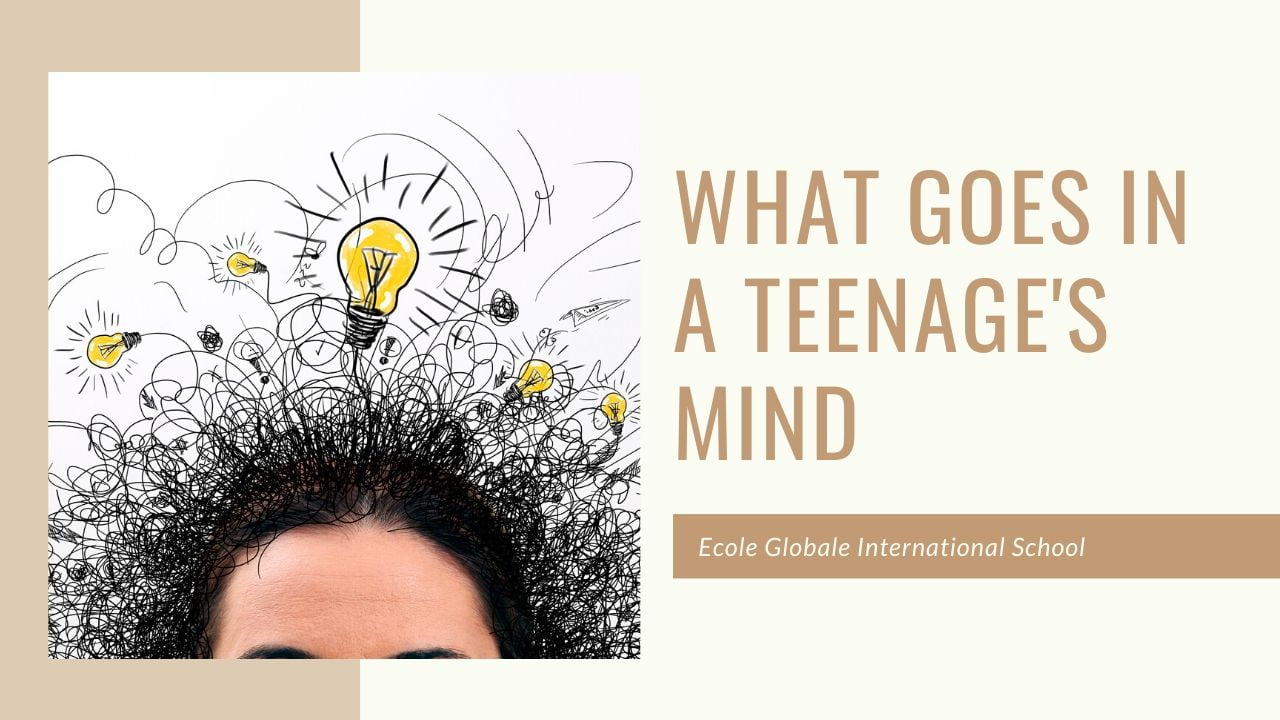Teenage, the years of everyone’s lives that, if put on a graph, would look nothing less than a scribble. With the mind and body undergoing several changes, we can’t deal with everything all the time, and hence many emotional outbursts are witnessed. We look back at those days, and sometimes we smile at our reactions sometimes we frown- all the roller coaster rides relieved. When it comes to issues of settled sentiment, science has frequently ended up in the job of provocateur, even saboteur—stimulating ordinary wisdom until they yield unforeseen realities, and once in a while toppling them totally. The riddles of heavenly bodies, heredity, and psychological sickness have all experienced sensational reevaluating.
So it shouldn’t be completely astounding that new innovations that enable us to look into the cerebrum (especially of the teens) as it forms data are driving issues in our comprehension of human cognizance. Pictures from MRI machines, for instance, uncover that the mind is less similar to an assortment of discrete, specific modules—one for discourse and one for vision, the old model—and progressively like an incorporated system of capacities that help one another. Those equivalent pictures show that cerebral systems experience sensational developments very much into our 20s. The discoveries have provided a reason to feel ambiguous about numerous speculations about youth. For a really long time, statements about adolescents—from their implied madness to their evident feeling of resistance—have coursed broadly and uncritically. The new research proposes that we have a lot of reevaluating to do.
Also Read – Importance of Yoga in Student’s Life
In an investigation led in 2005, neuroscience Laurence Stein berg requested that youngsters and grown-ups play a virtual driving game that tried their ability to accept chances as traffic lights abandoned green to yellow to red. Members were punished when mishaps happened. Teenagers reacted to the dangers just as grown-ups did and performed about similarly when playing alone. However, within sight of friends, risk factor flooded among the adolescents, and youthful grown-ups—unsafe driving expanded triple for 13-to 16-year-olds, and the number of accidents spiked—while staying level among grown-ups.
Peer pressure develops as a quantifiable natural wonder, traverse into the distinguishable world like the main quake waves carved onto a seismograph. A recent report found that when human subjects were informed that a friend was watching them, skin conductance readings—a proportion of the power activated by pressure and excitement—were reliably higher in young people than in either grown-ups or kids. Mind checks managed simultaneously uncovered obvious flares of more noteworthy movement in key areas of the adolescent cerebrum connected to mindfulness and the capacity to get others. It’s never been an issue of feeling insusceptible—for young people; there’s only something about the nearness of friends that is transfiguring. They do comprehend the dangers and take them in any case.
A conceivable guilty party in risk-taking is a cerebrum arrange that stretches back profound into developmental history—the limbic framework, the seat of base senses like dread, desire, craving, and joy. Various tests have shown that the mind checks appear to demonstrate that the limbic framework—the cerebrum’s prize framework—is adult and terminating on all chambers in young people, while the prefrontal cortex, which is liable for things such as discretion, arranging, and mindfulness, is as yet bustling creating.
All things considered, there’s a lot of proof that the limbic framework is hyperactive during pre-adulthood. It’s not energetic madness for the emotions at work; young people really experience things like music, drugs, and the rush of speed more intensely than grown-ups do.
It’s not all anguish and fate. The high school years are “the last, incredible neuroplastic time in our lifetimes,” as indicated by Stein berg, alluding to the minds proceeded with a limit with respect to scholarly and enthusiastic development. The equivalent developing hardware that makes young people powerless against dangerous conduct and emotional episodes additionally gives a huge bit of breathing space on youthful learners. At the profound neural level, new data is composed into the dark matter of the cerebrum itself—communicated in auxiliary changes to neurotransmitters, which, through the rehashed introduction, structure progressively sturdy snare of memory. An examination led in 2002 gives an intriguing window into the cerebrum at the exact second of learning.
Adopt the immediate strategy: Talking to adolescents honestly about their mental health can give helpful setting to their enthusiastic universes, and reset their assumptions regarding their potential for scholarly development.
This article is contributed by Ecole Globale International School.







